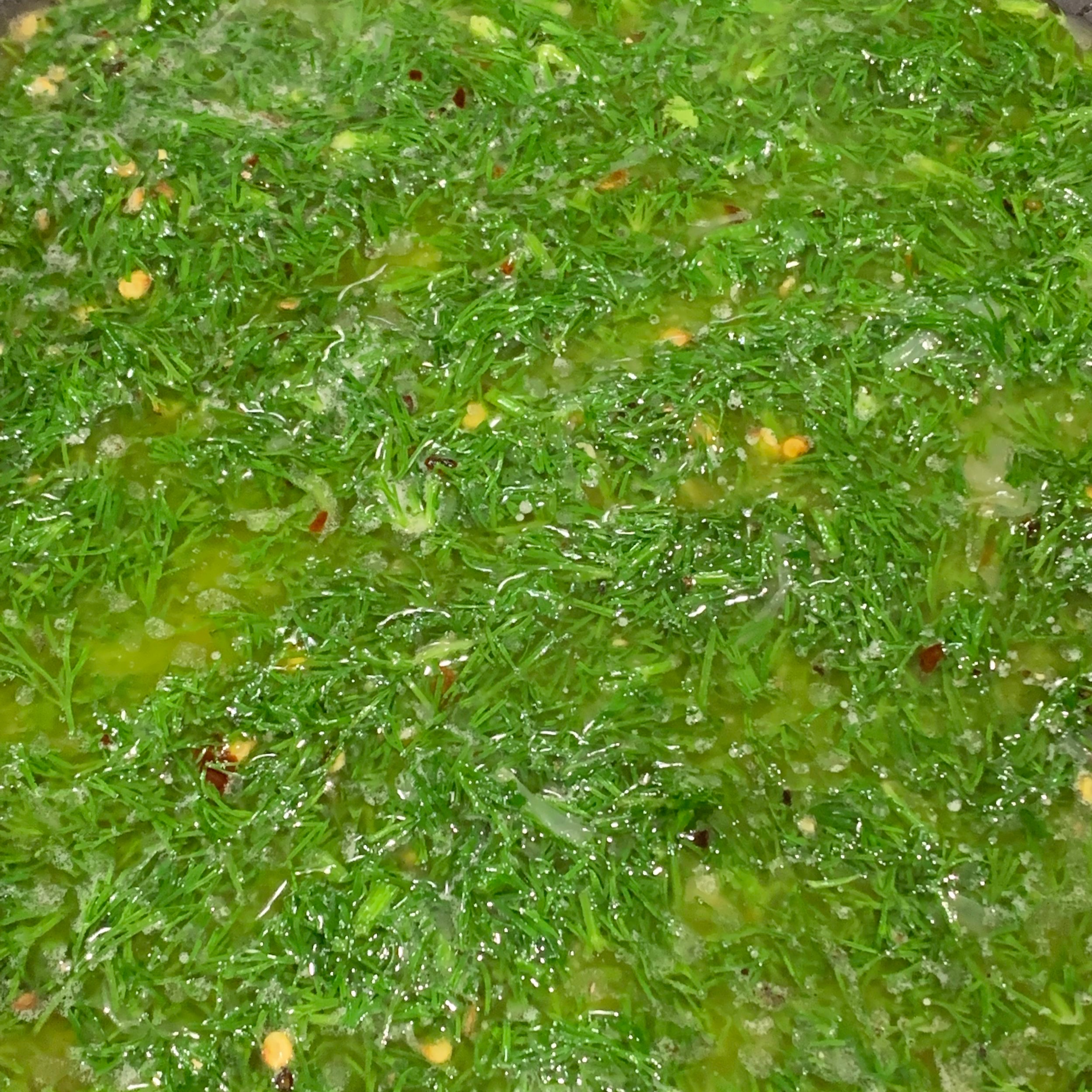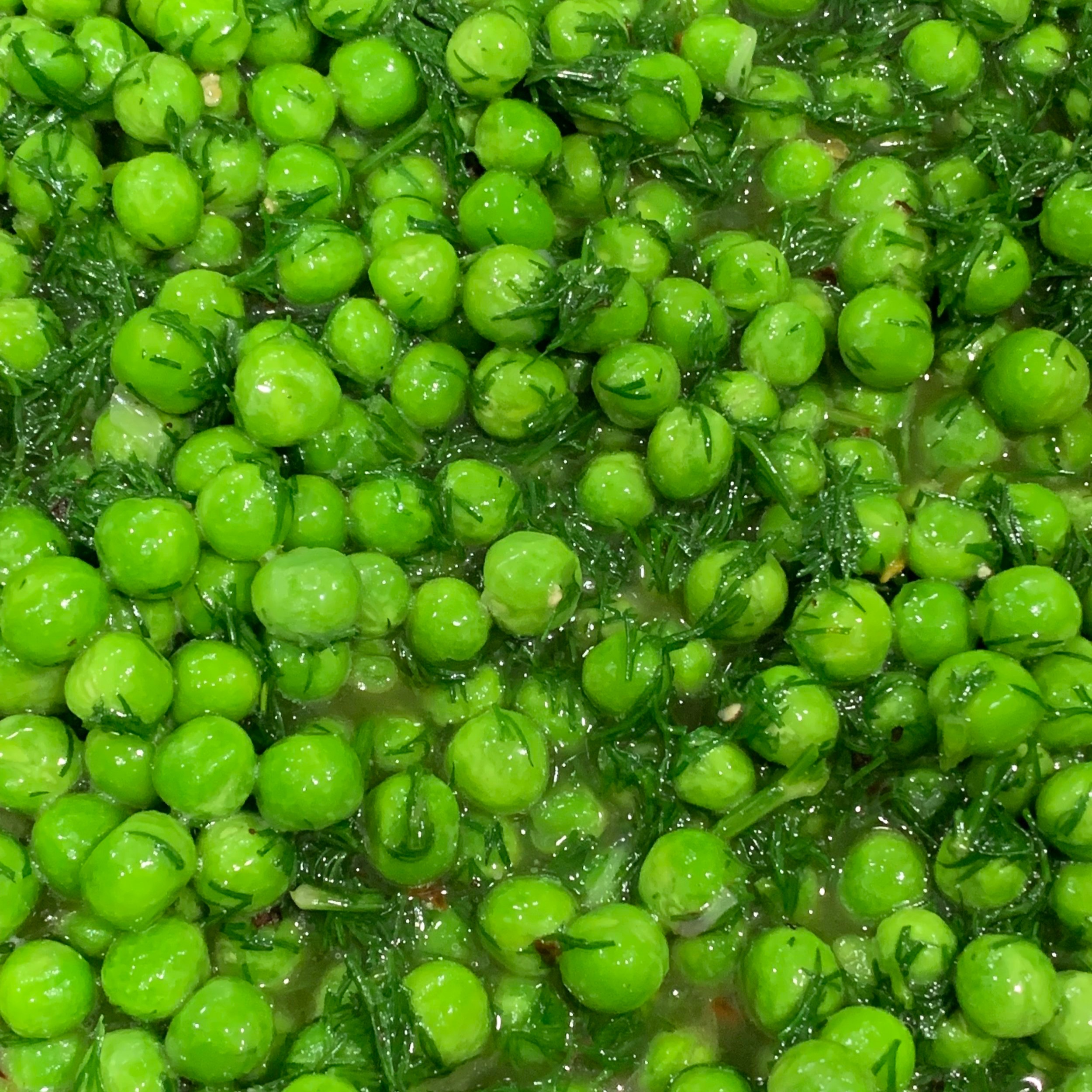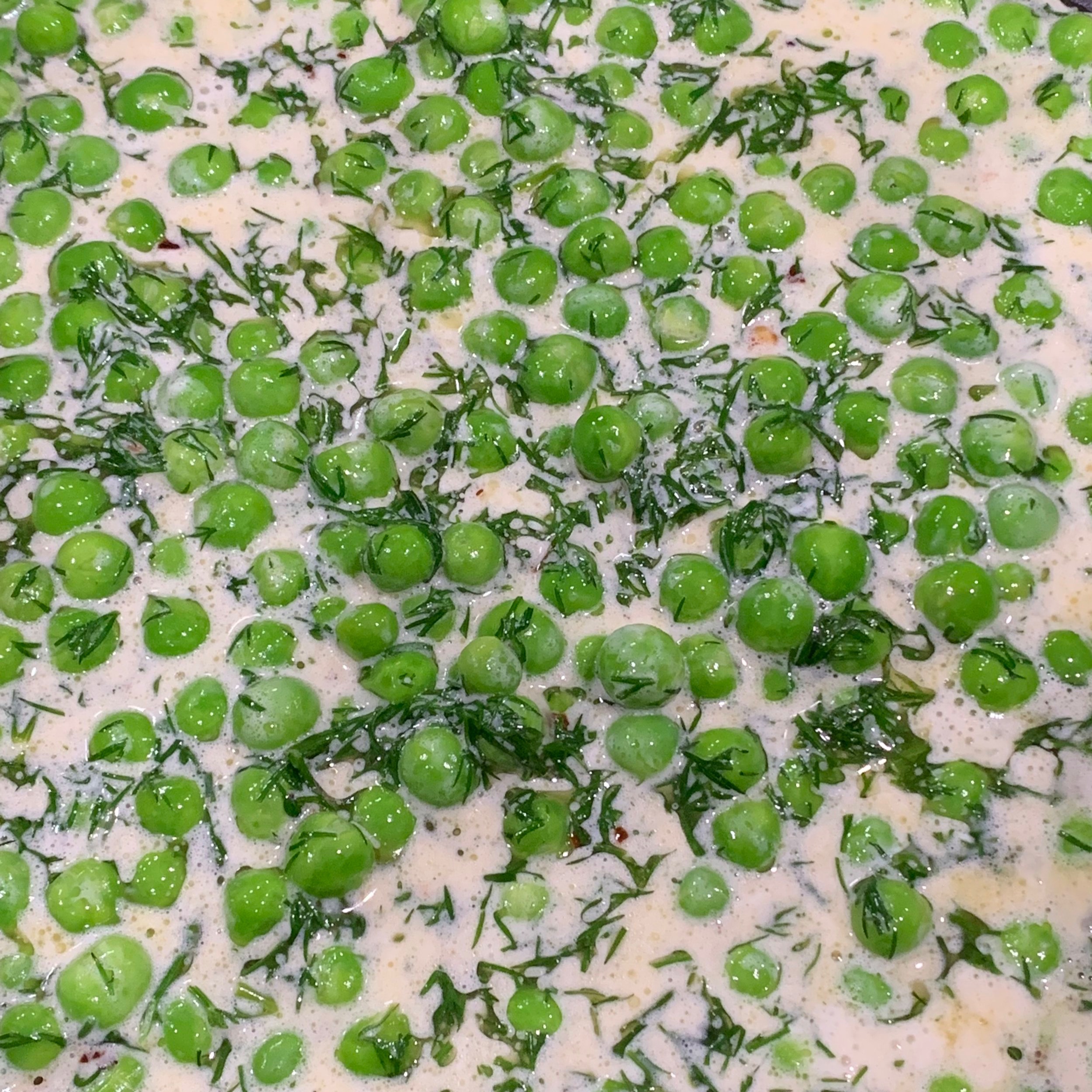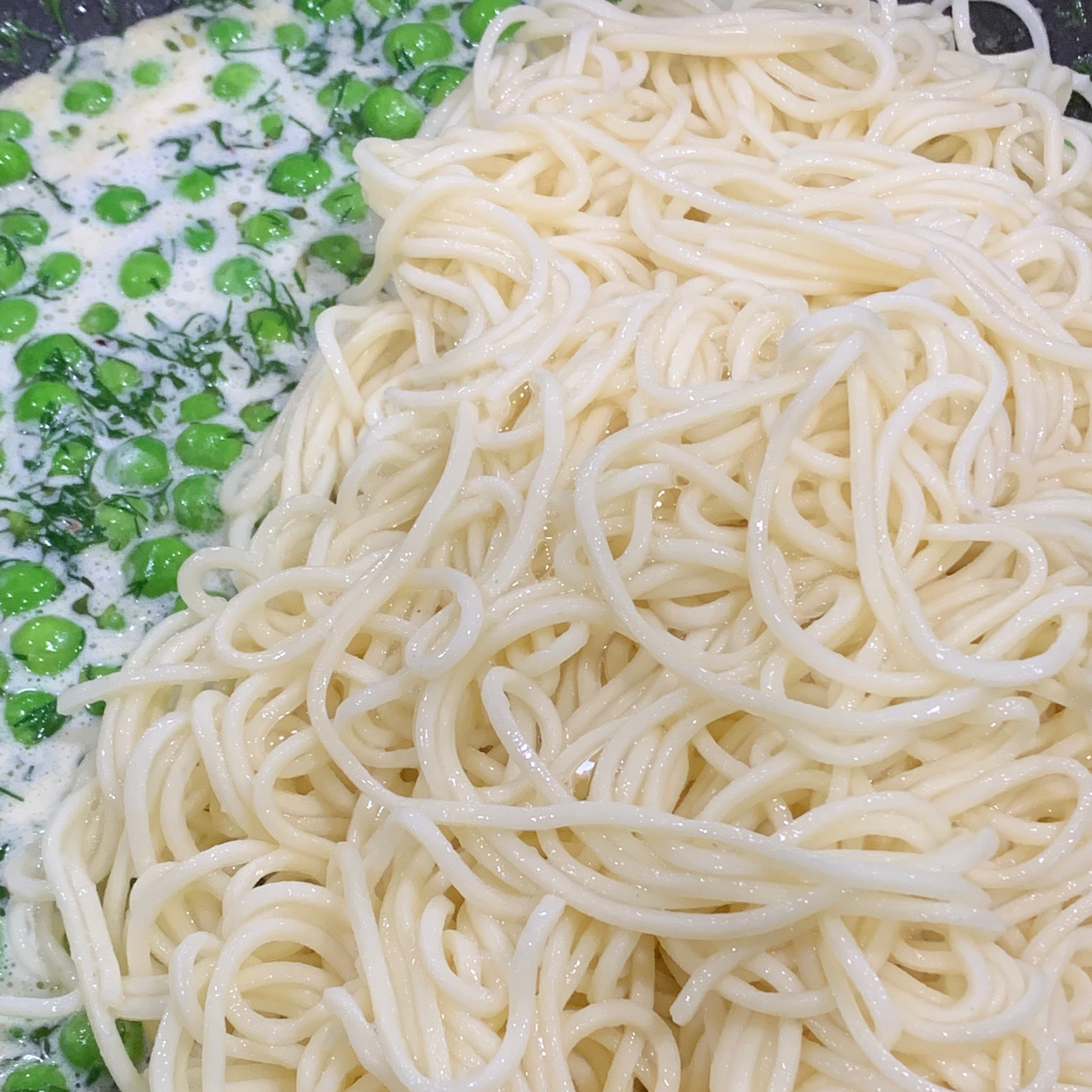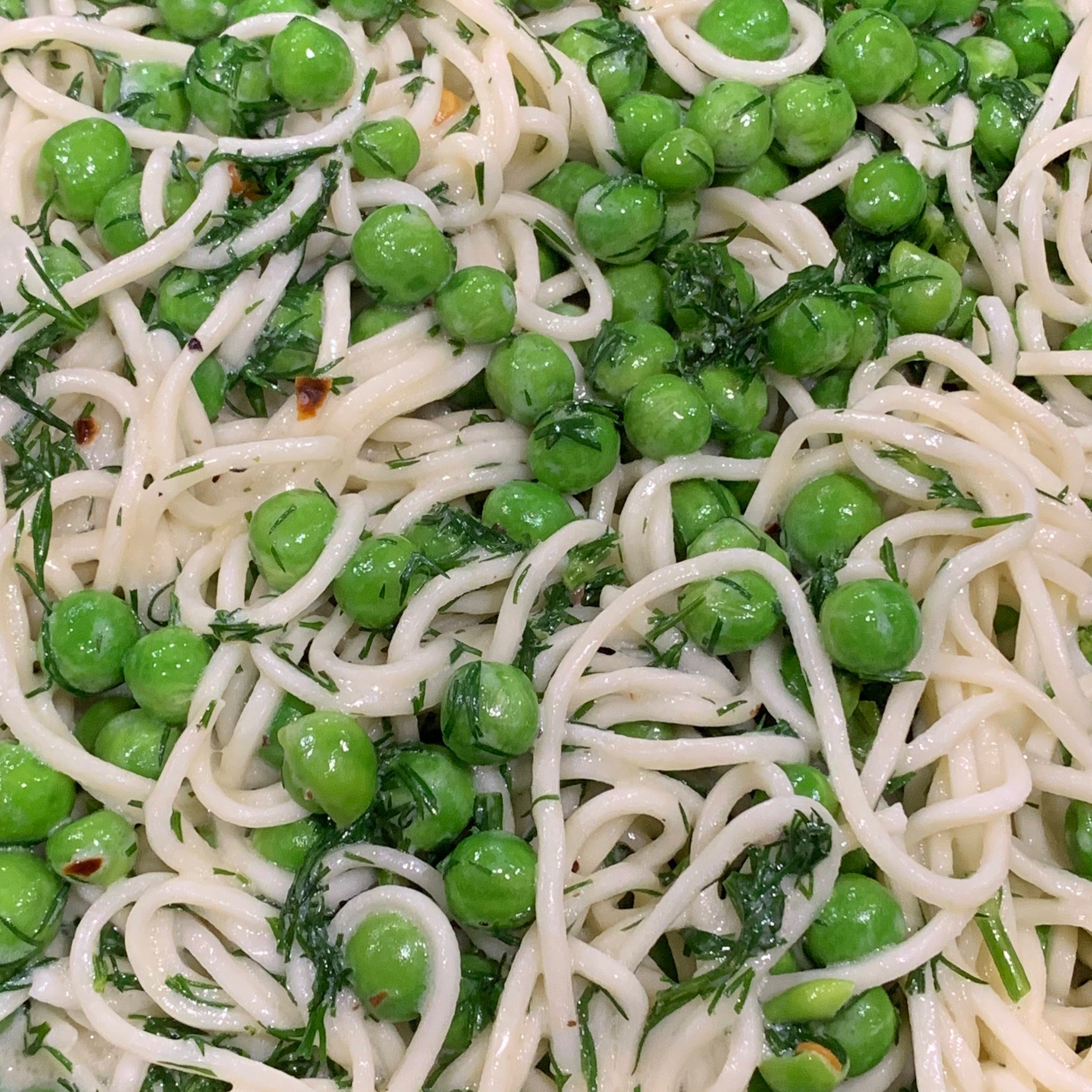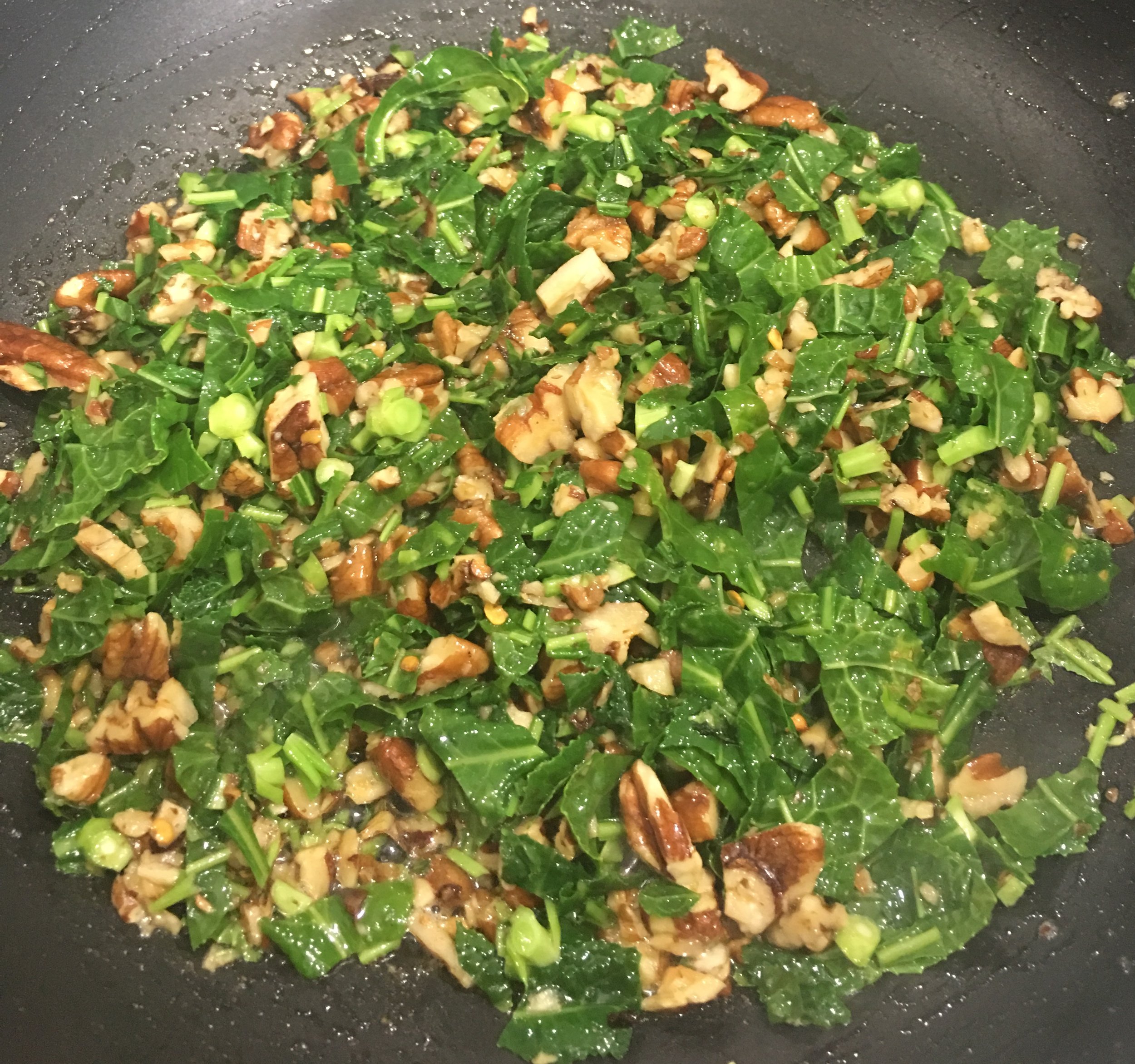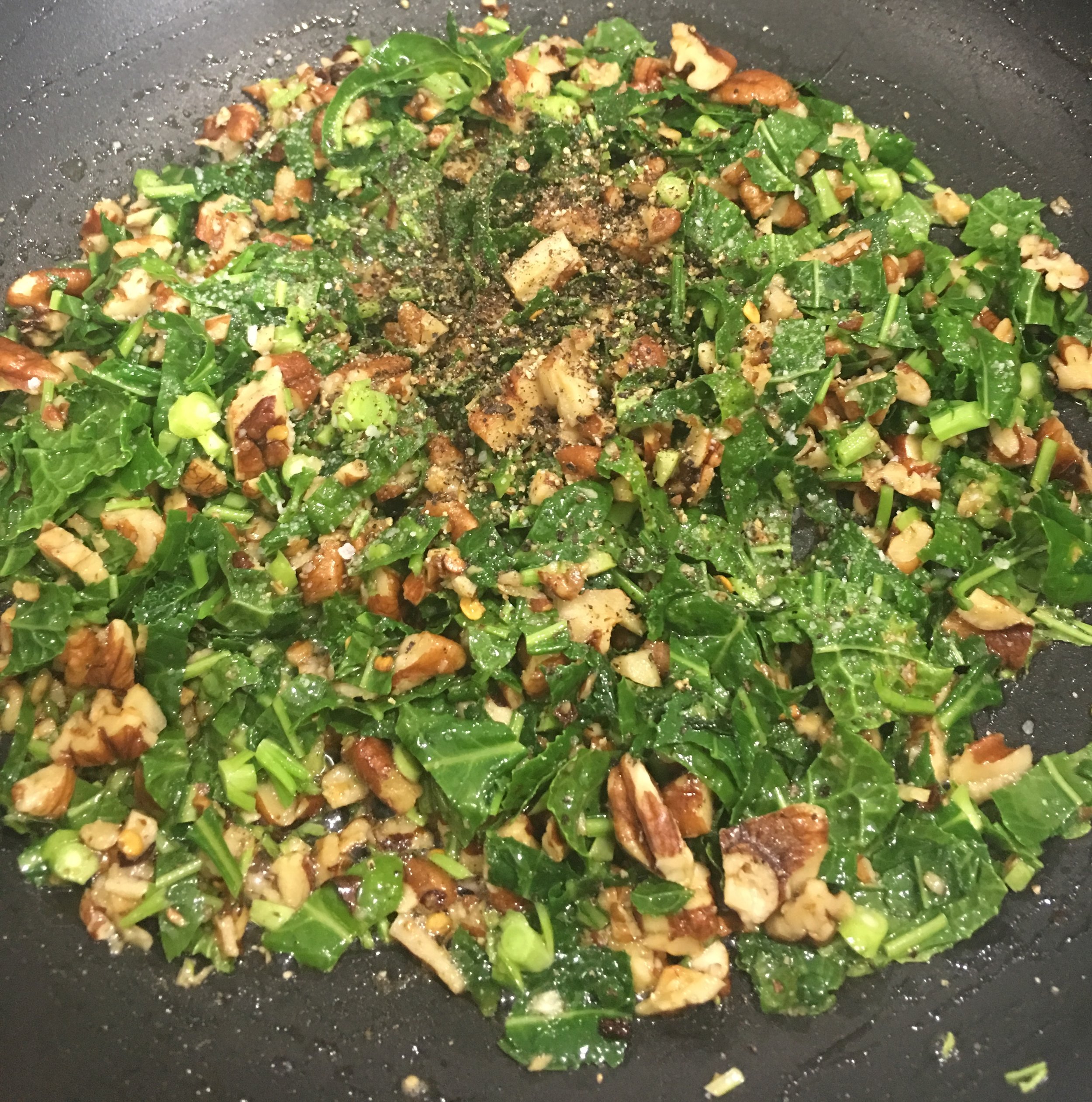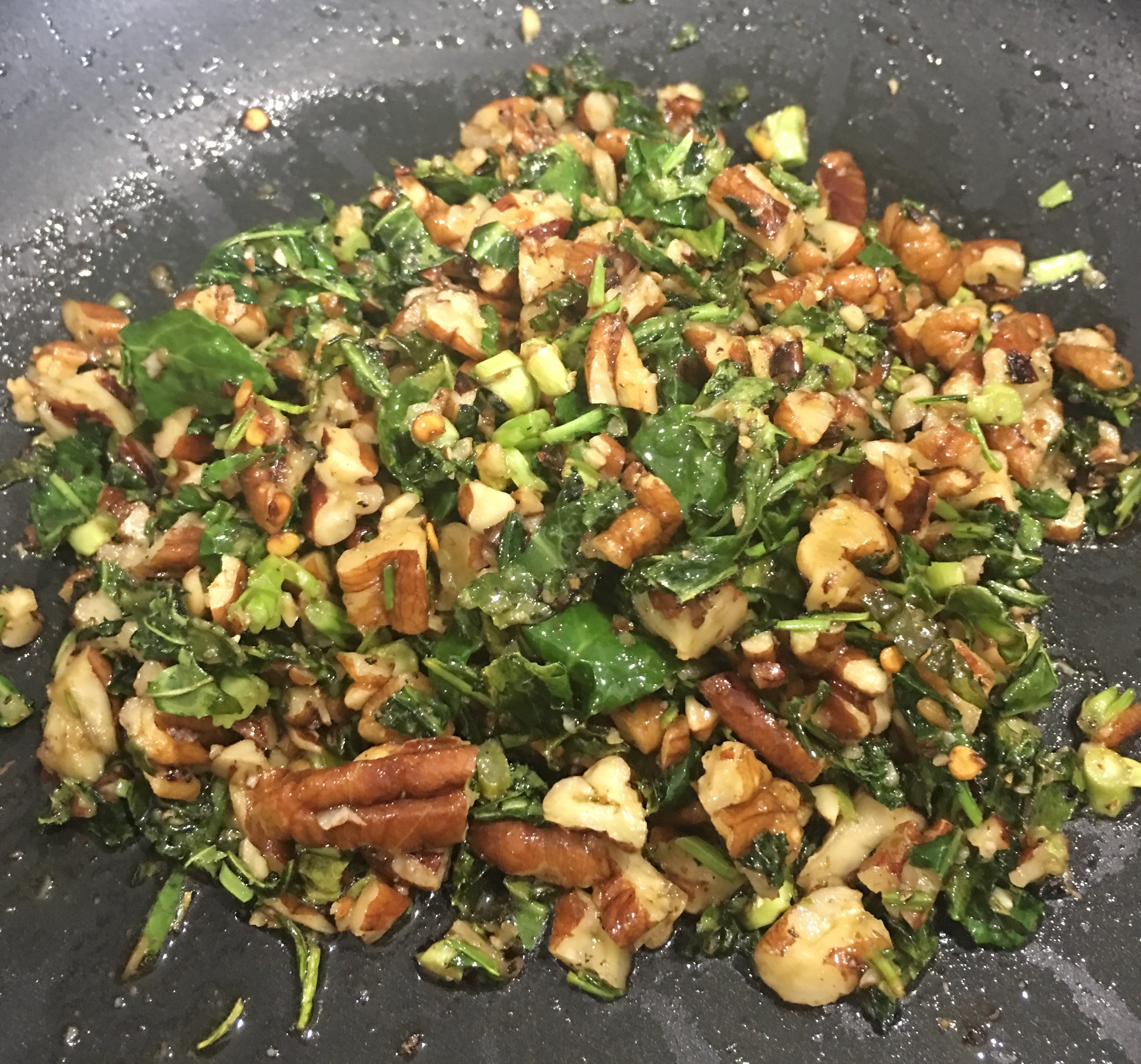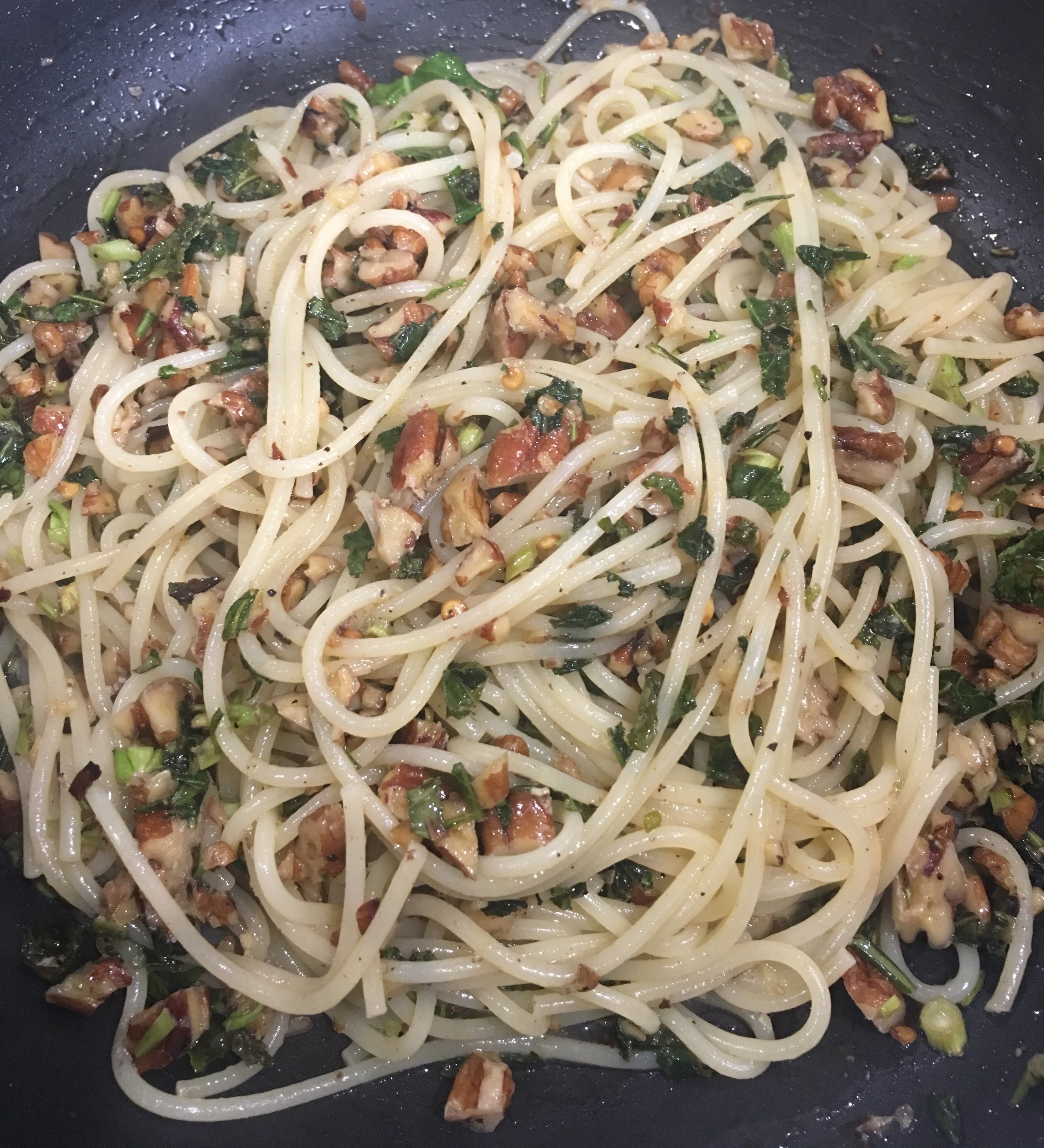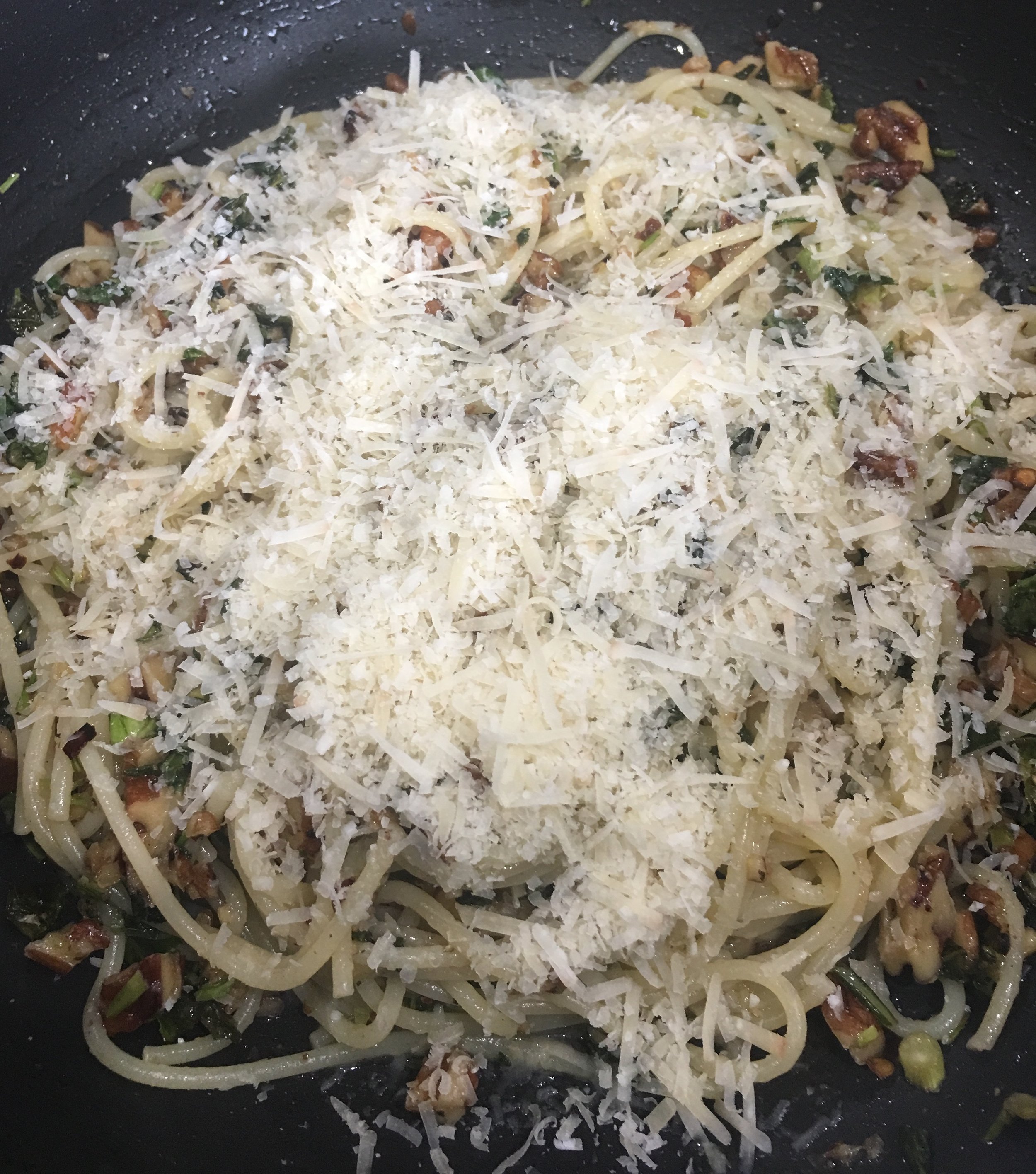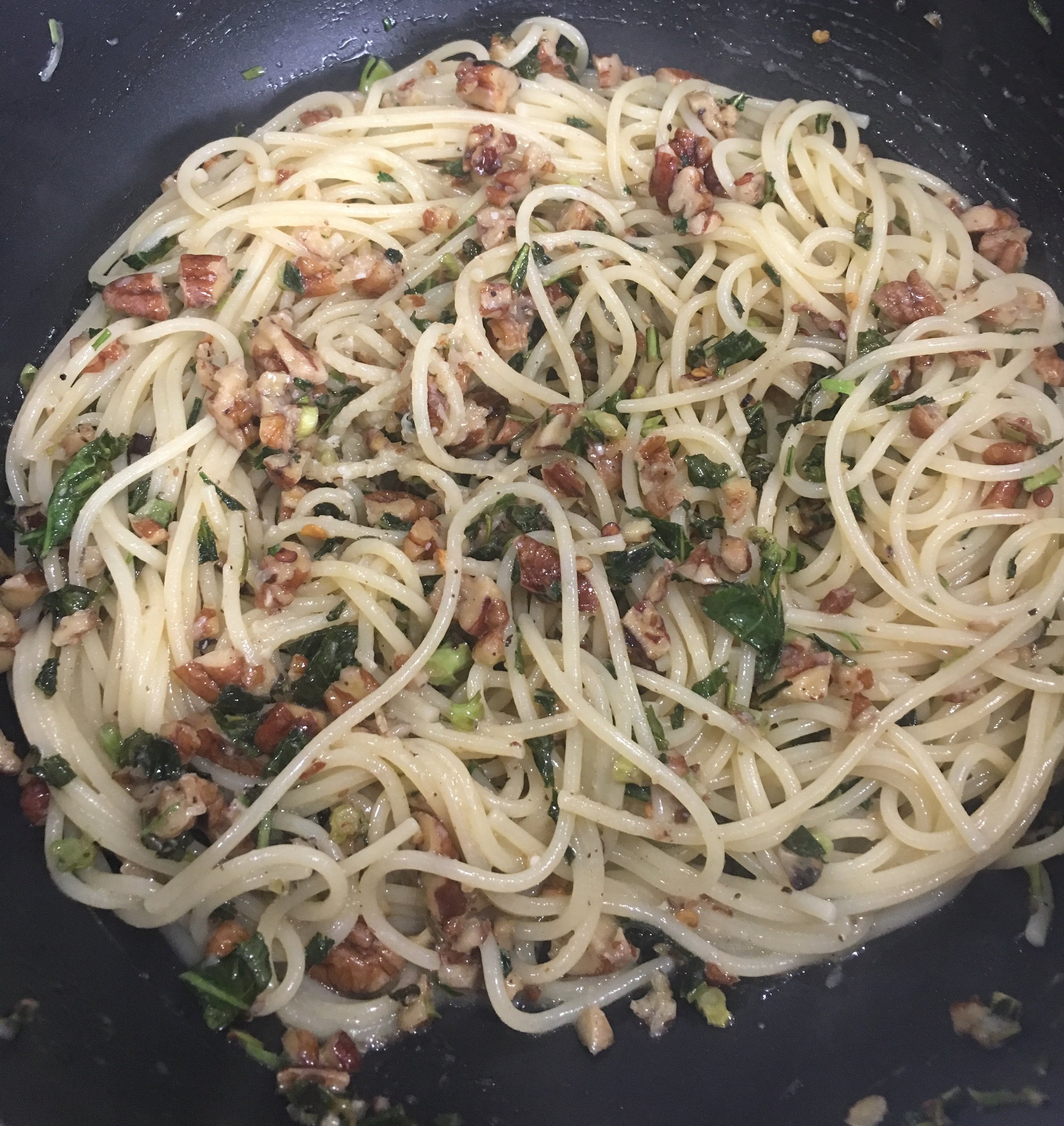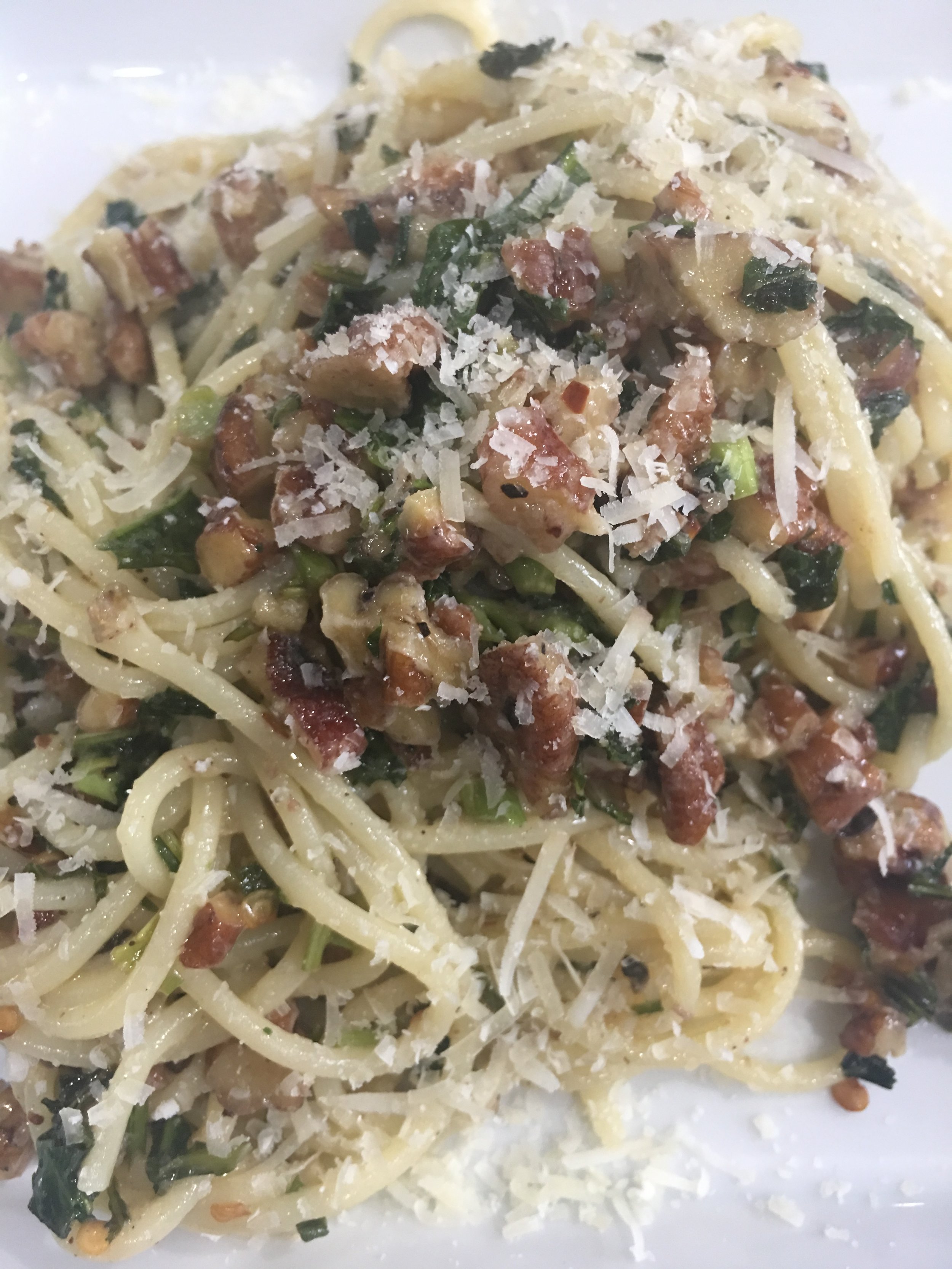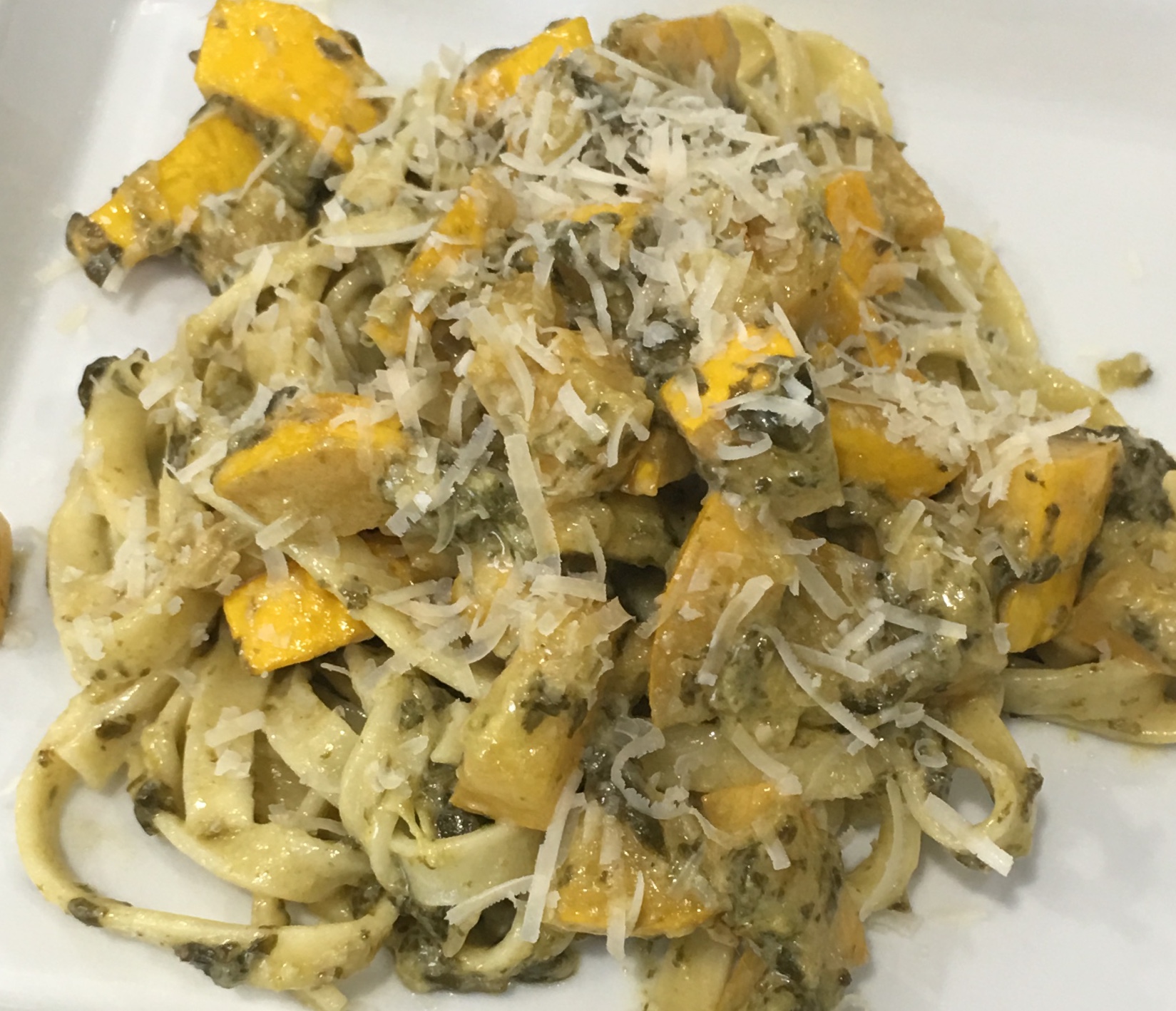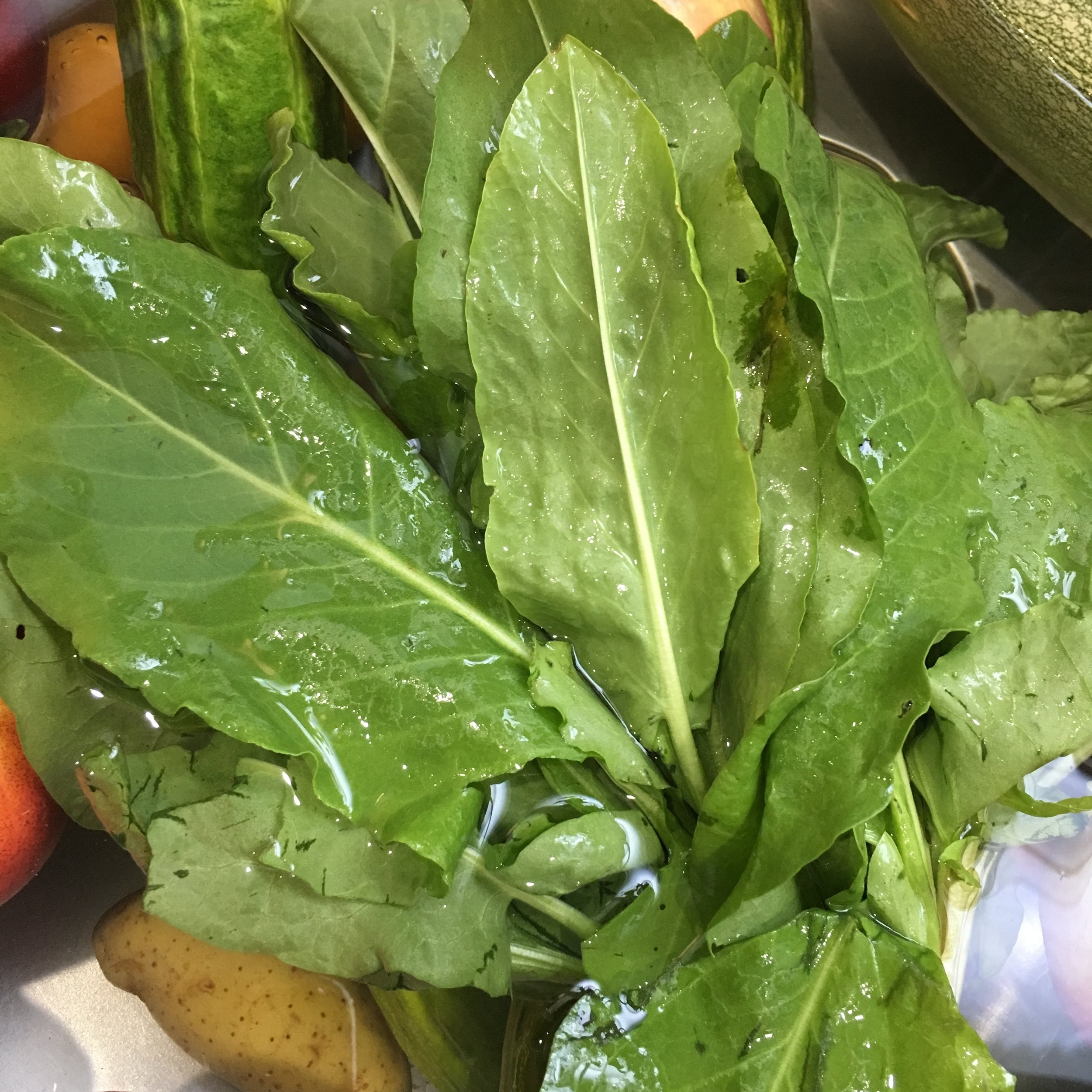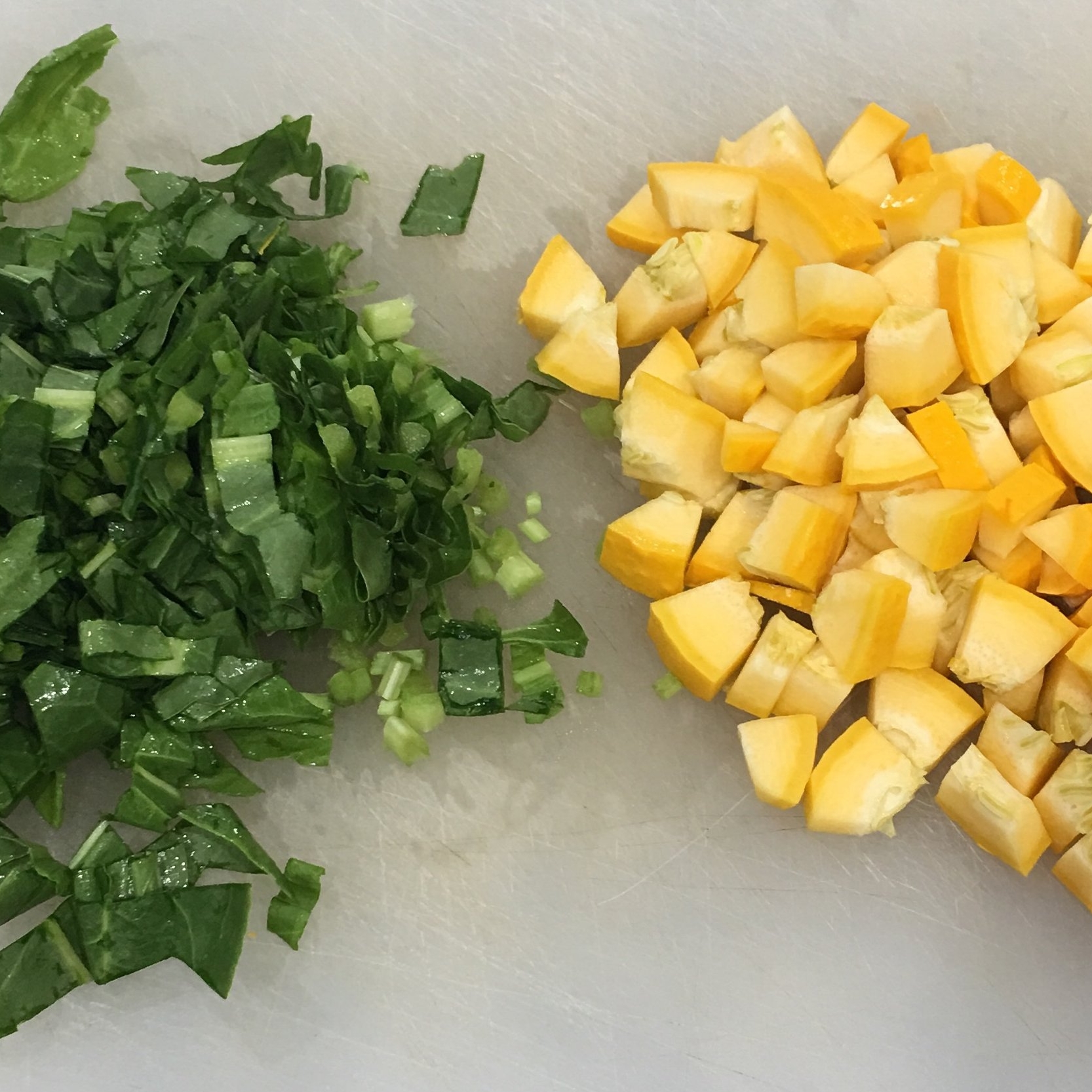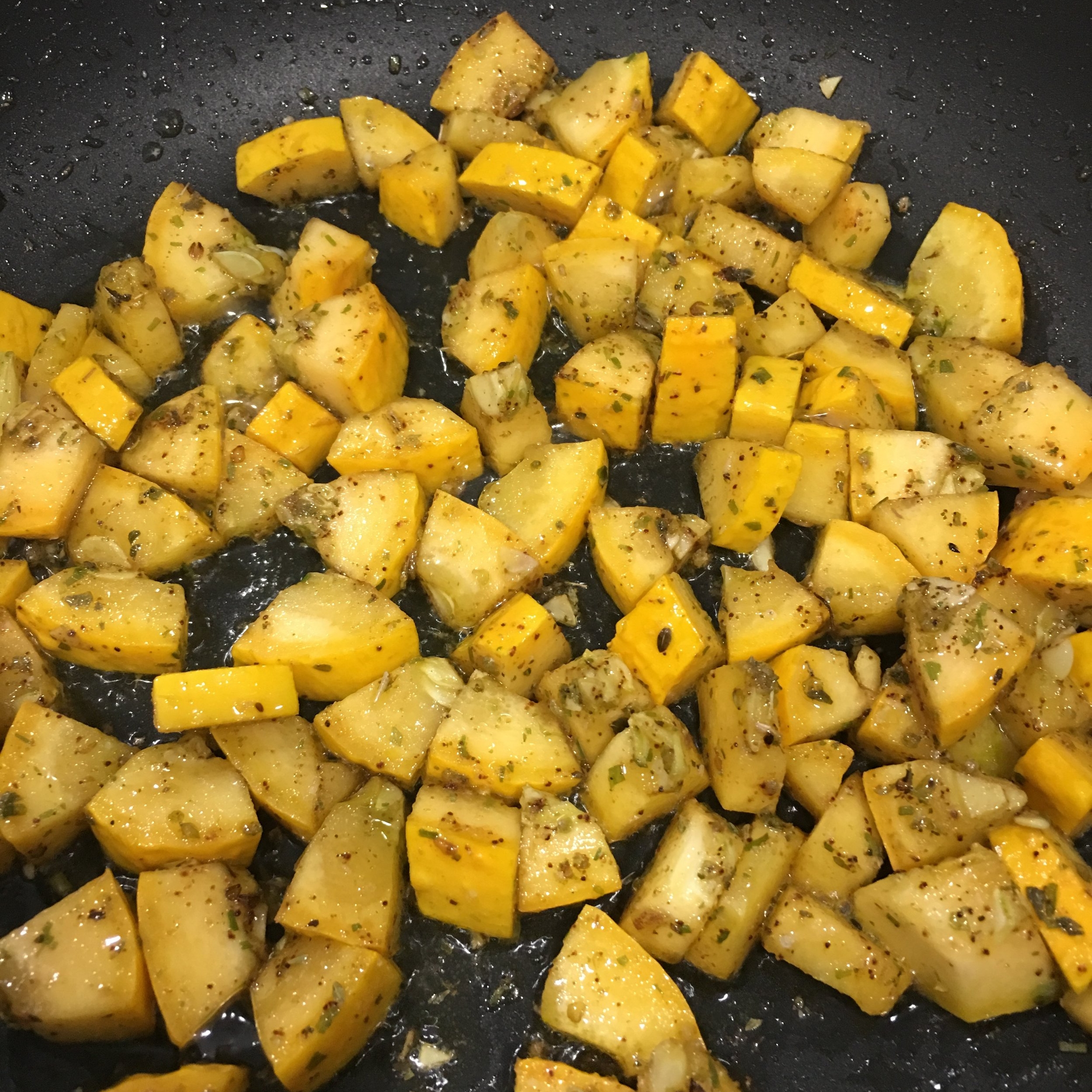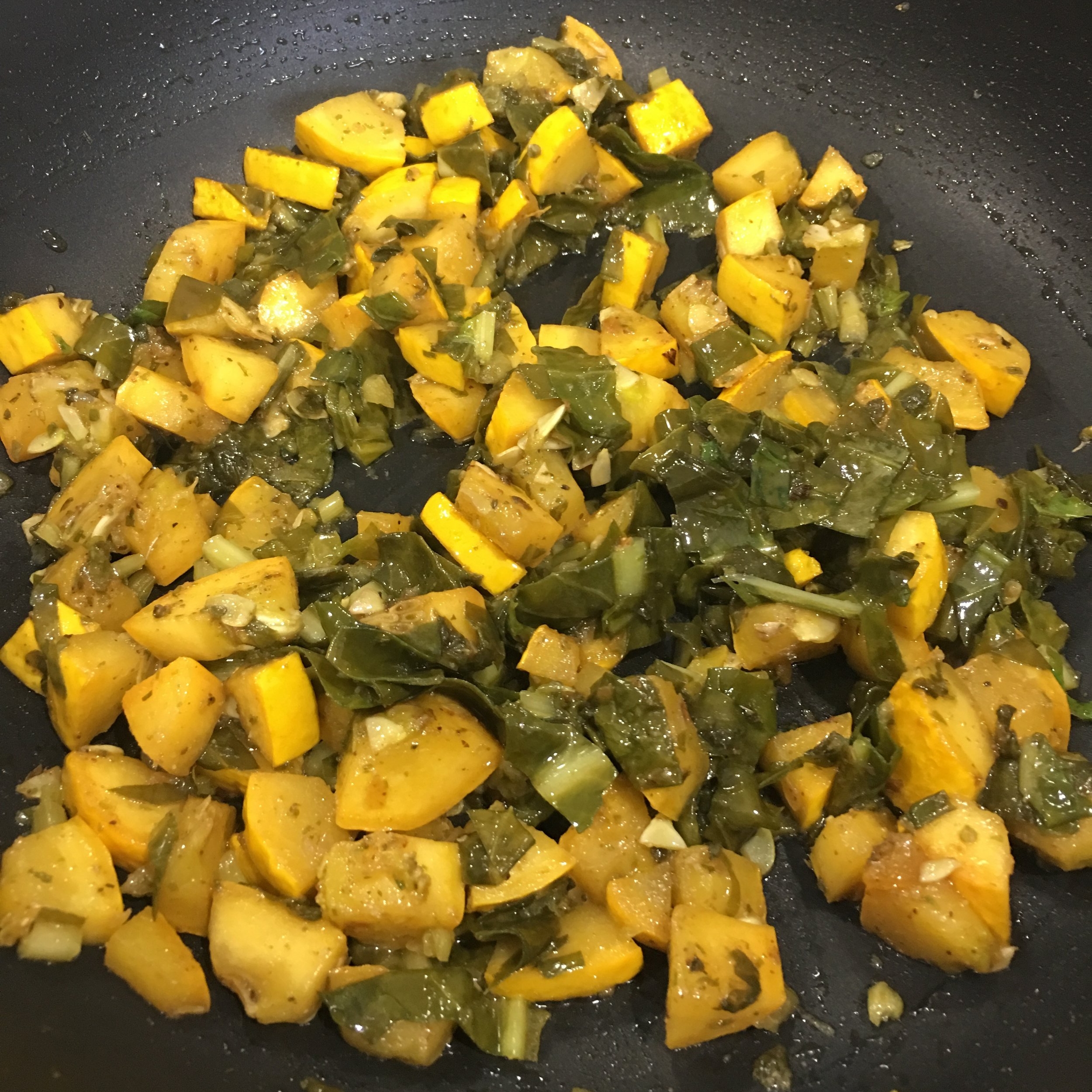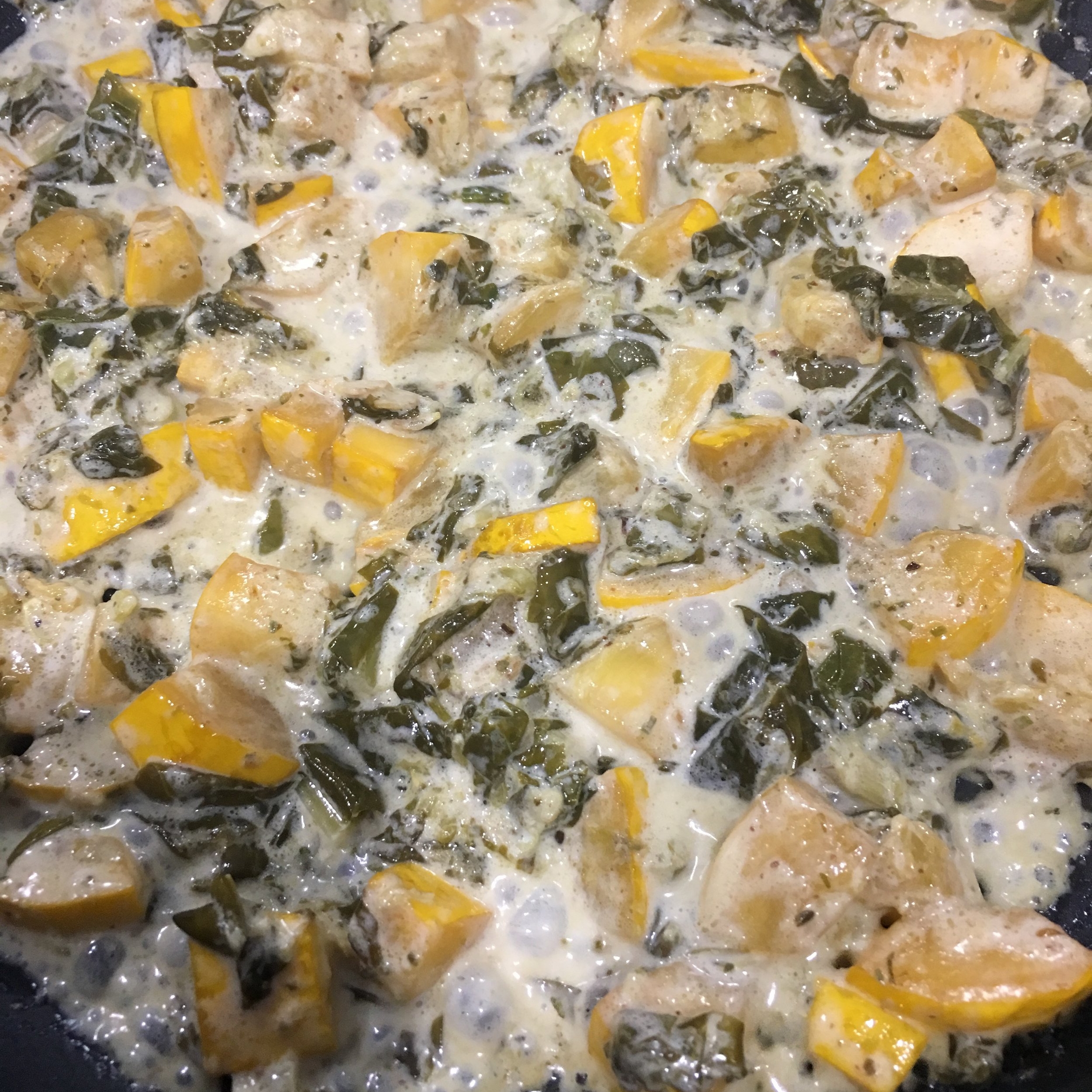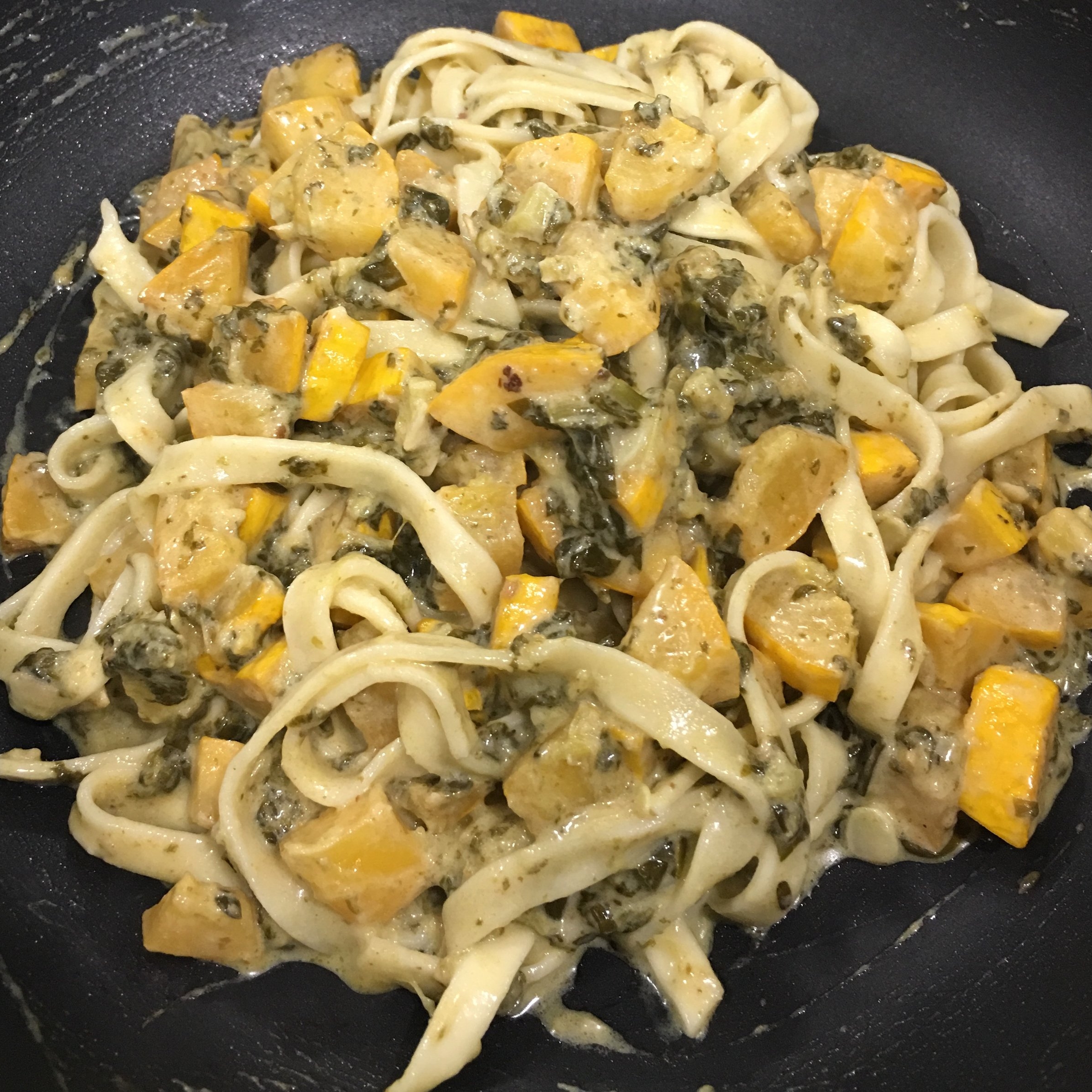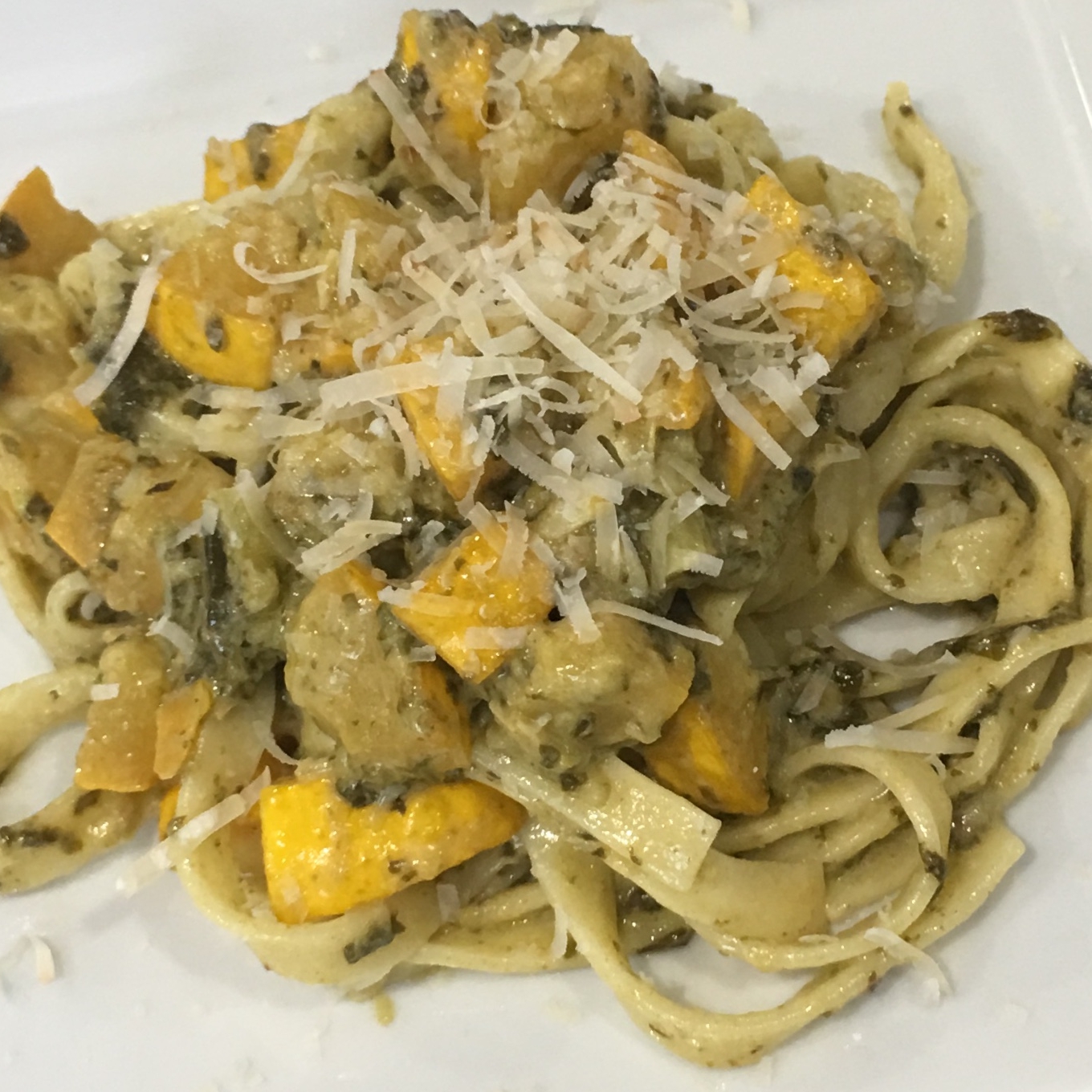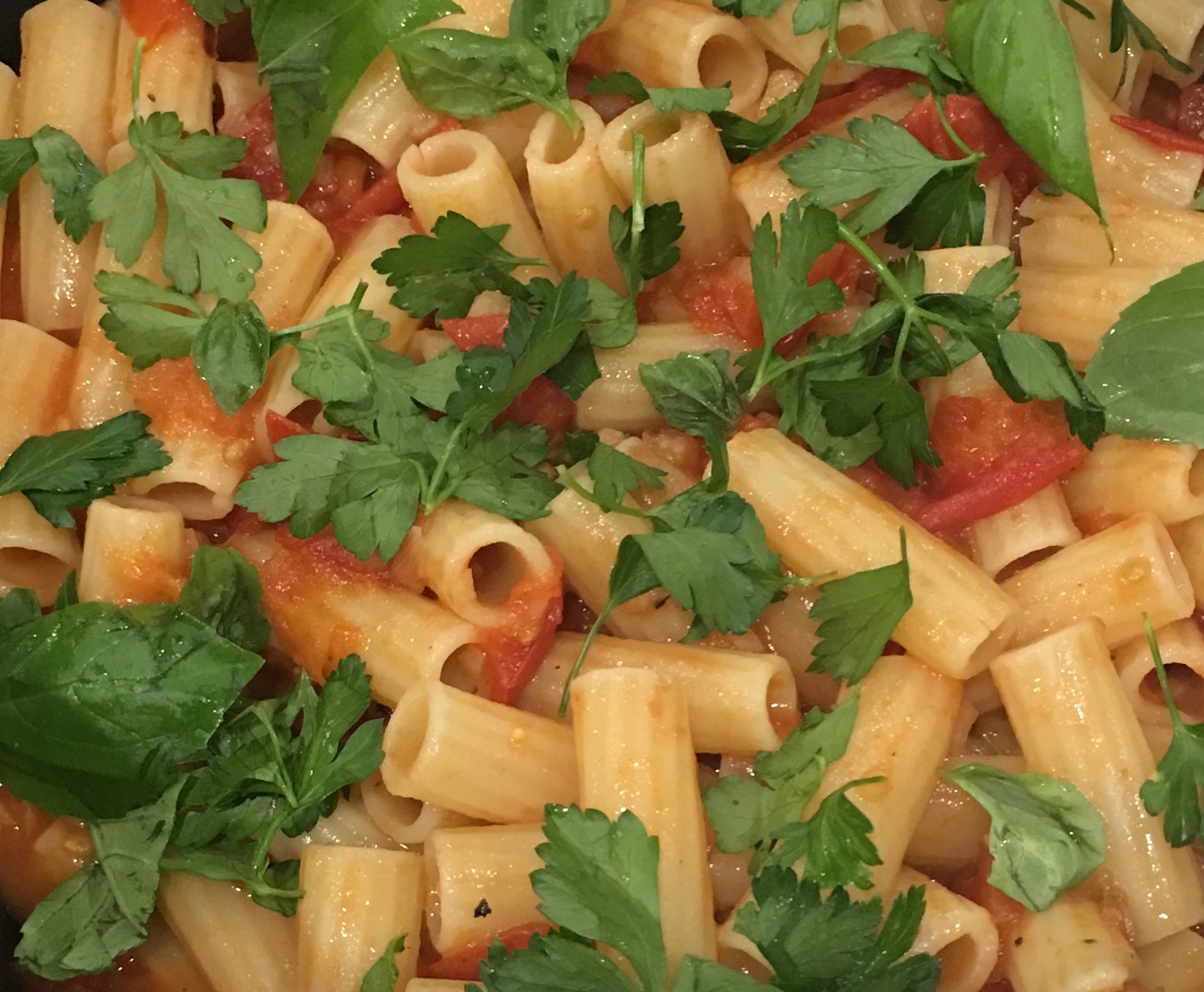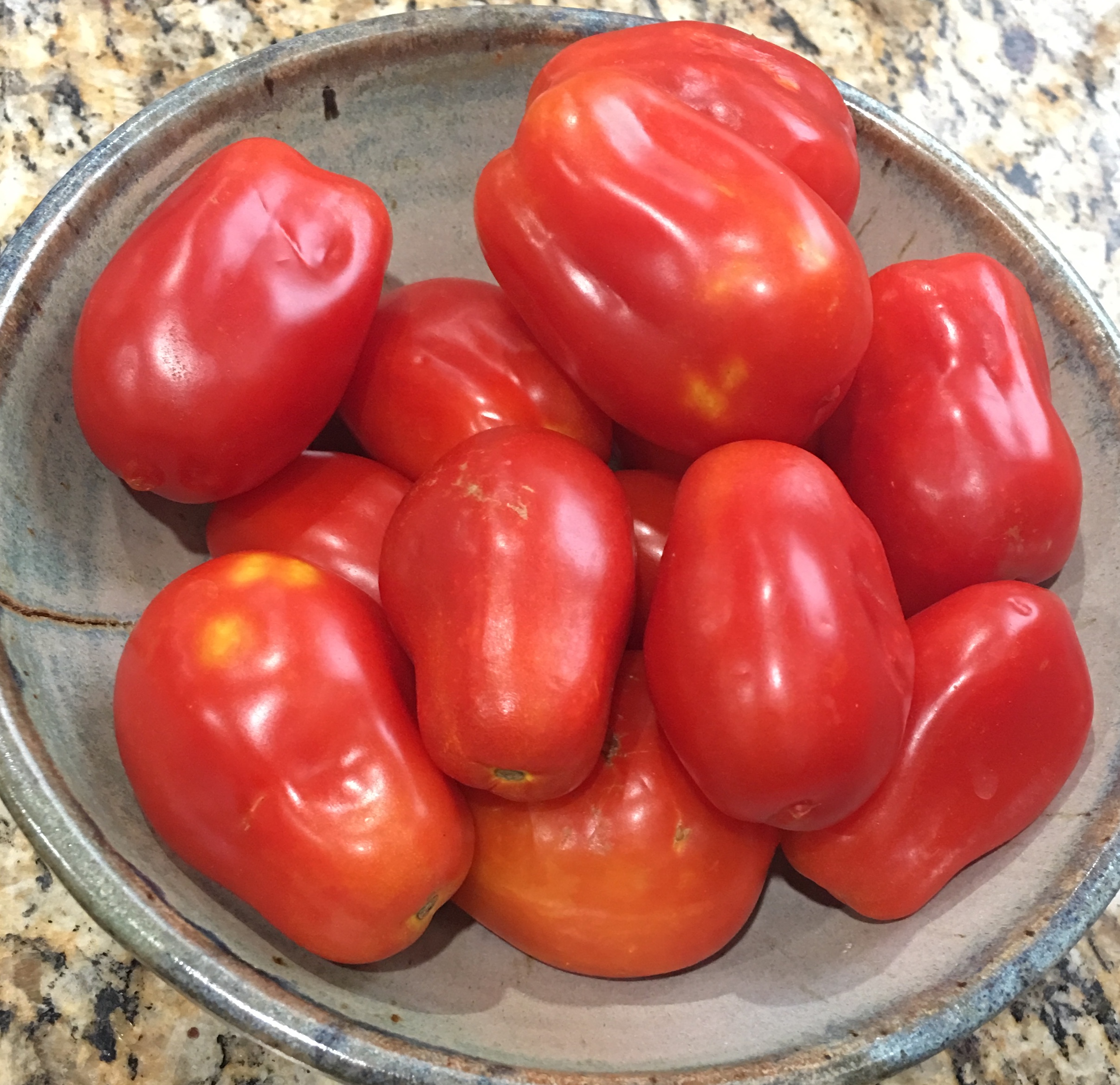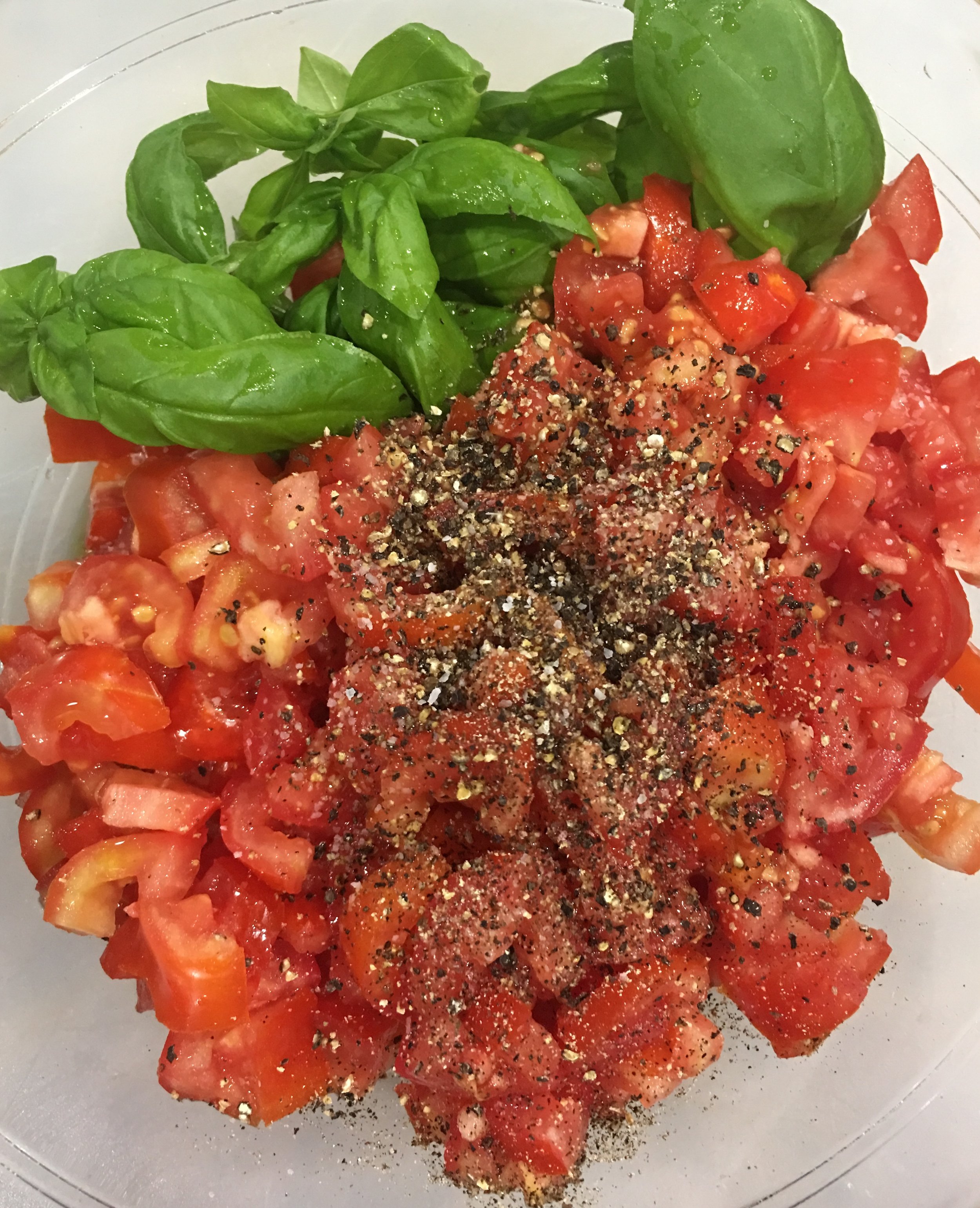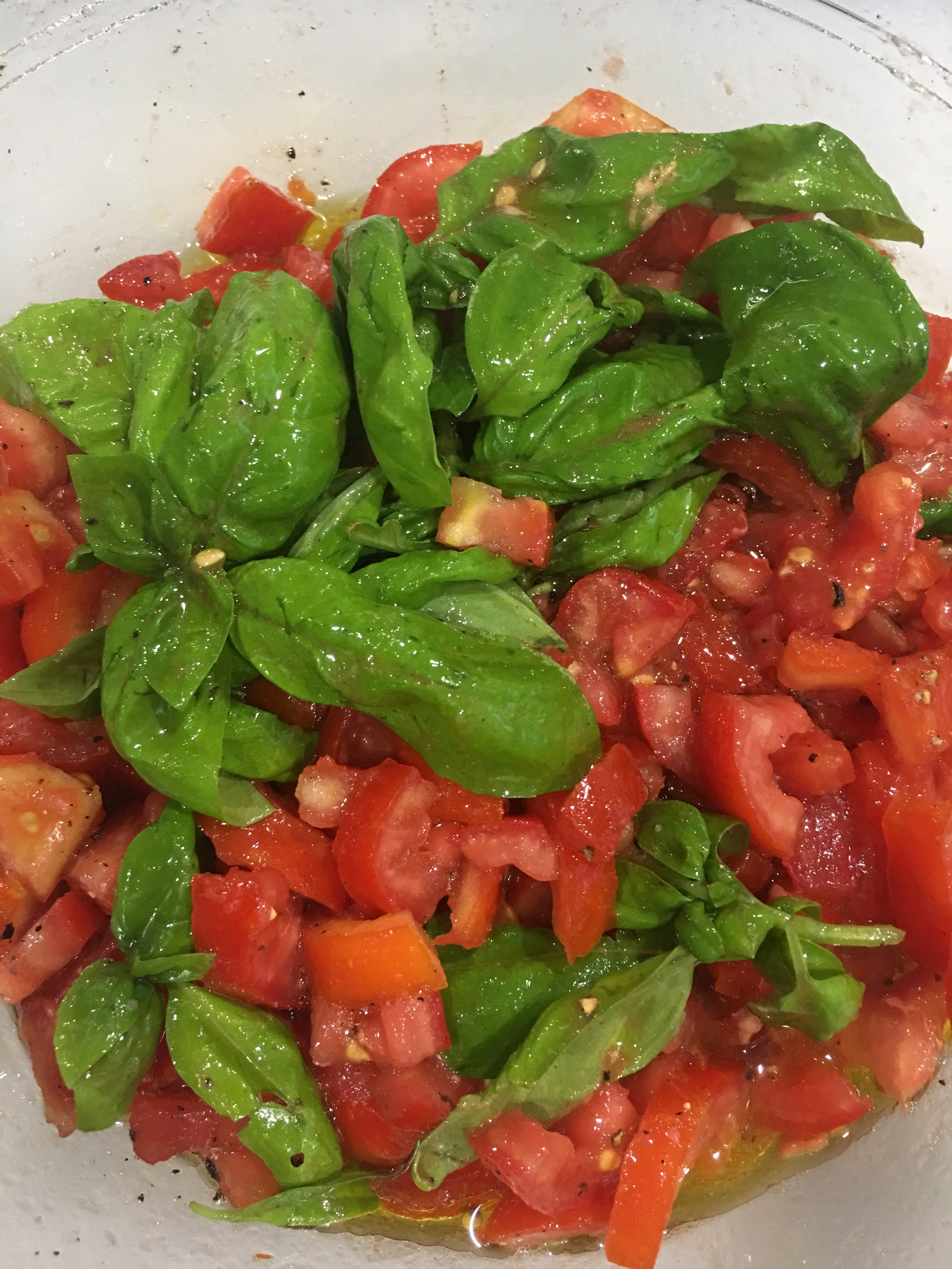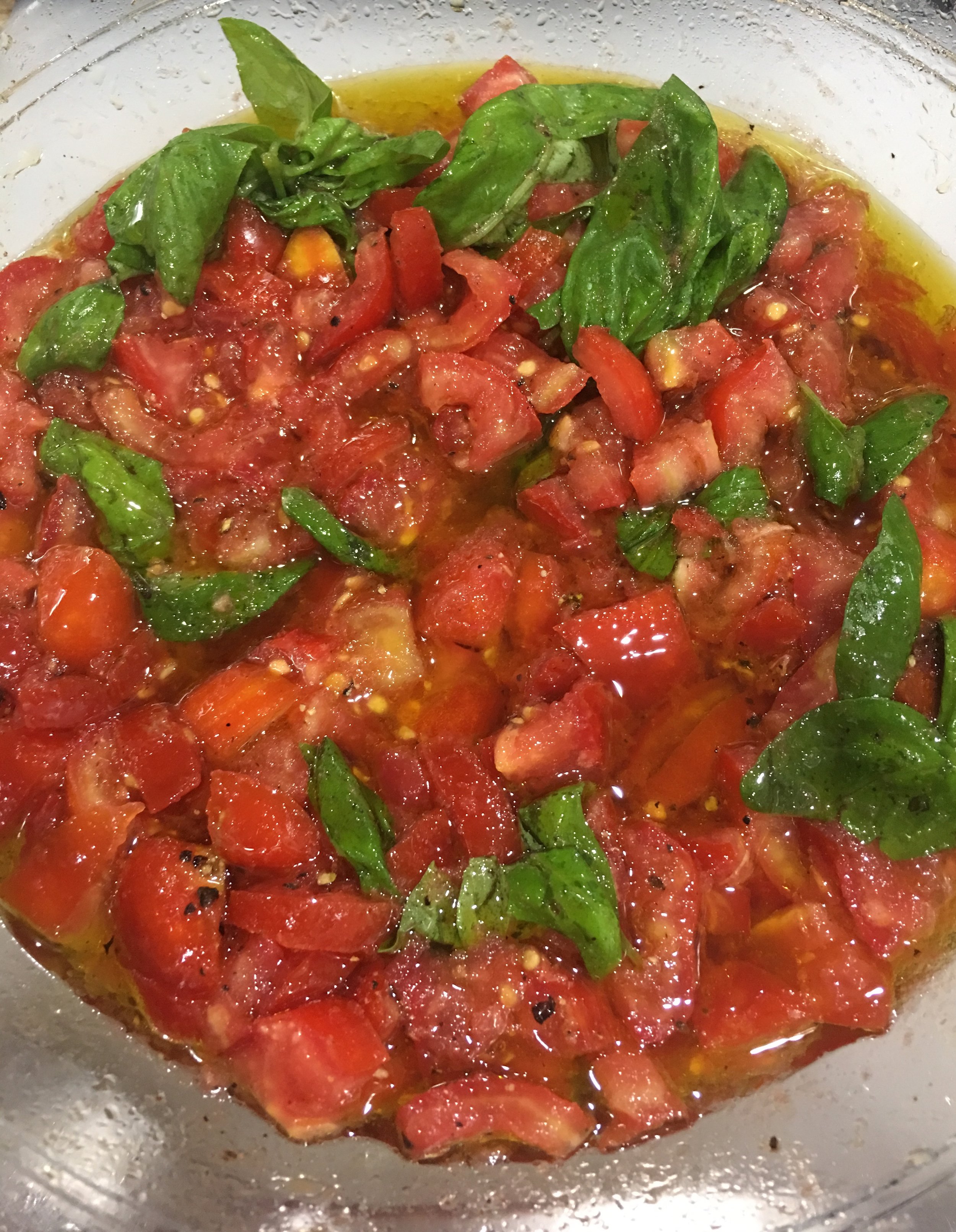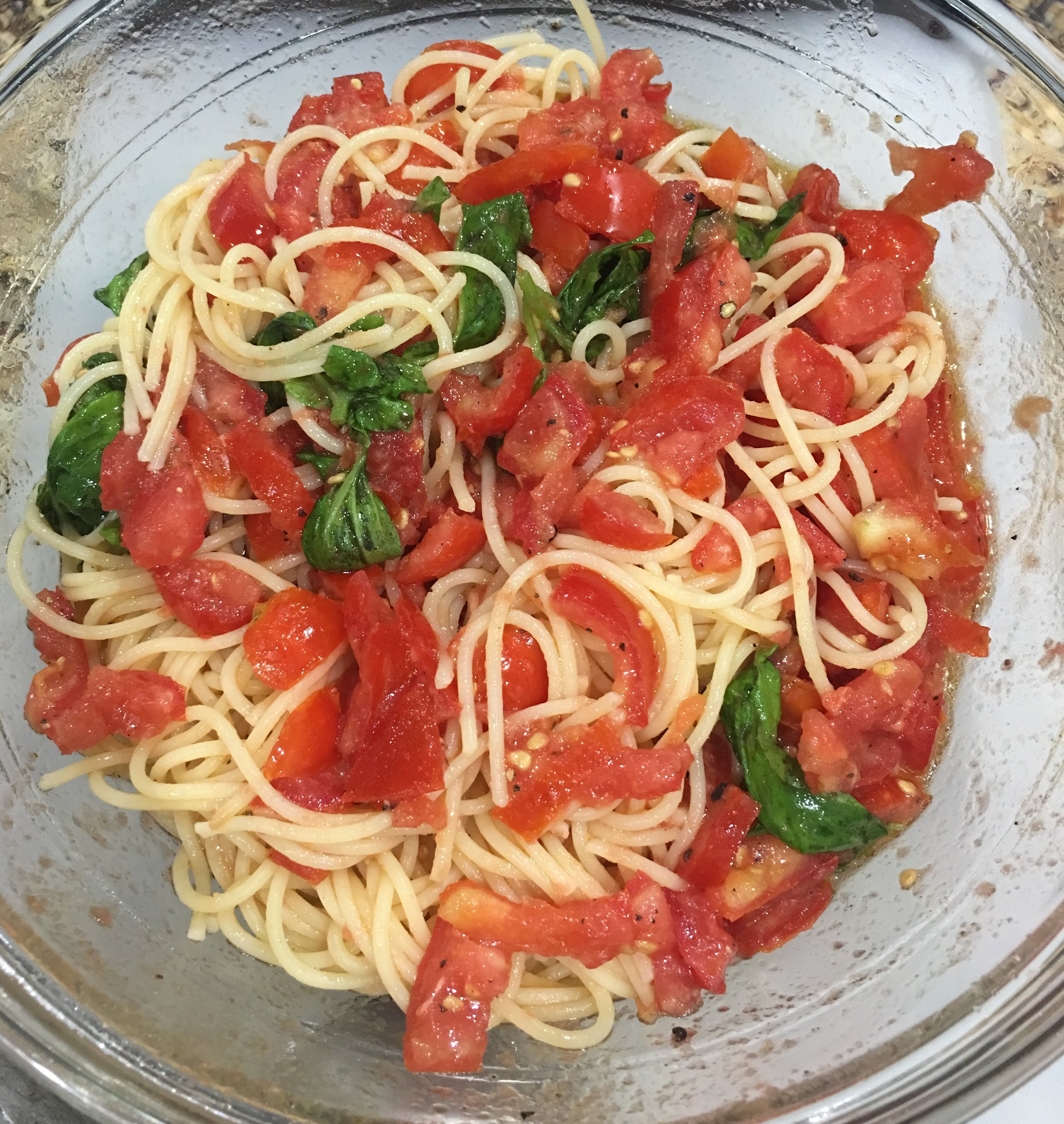Simple pastas are the best. That’s what I learned in Italy. Get good pasta, hopefully fresh, but frozen will do and good quality dried is fine too. Don’t complicate the sauce. Use what you have. I get my pasta from Casetta, where they get their flour from Italy and the chef is Italian!
I got to this from my travels to Turin. I was there for a conference in the 1990s. I was attending a course that ended late and I missed dinner. On my way back to my hotel, I stopped in the little bar for a drink and asked if there was a place to get some food as the hotel restaurant was closed. The owner went into the back and came out with a lovely bowl of pasta with peas in a simple butter sauce. It was delicious. Heavenly. So I came back the next evening and he made another plate of pasta for me, this time with herbs he had on hand. The third night I asked if I could see how he created this magical pasta and he showed me.
This pasta dish is a homage to my teacher in Turin. Travel is remarkable in so many ways, but for me food and connection to place is the most meaningful.
The pasta and peas both provide protein, the butter and olive oil are good fats and the dill gives vitamins and mineral. You can eat this alone or with a small piece of fish or a few shrimp. It’s really delicious. If you don’t like dill, use parsley or a combination of other herbs instead. It’ll be just a good, only different.
RECIPE: Pasta with Peas & Dill
INGREDIENTS:
3 Teaspoons good butter
1 Tablespoon Extra Virgin Olive oil
2 Tablespoon Meyer lemon juice (1 Table spoon regular lemon juice)
1/4 Teaspoon crushed red chili
1 Cup chopped fresh dill
2 Cups frozen peas, rinsed in water
2 Tablespoons creme fraiche
1/2 teaspoon sea salt
1/4 Teaspoon freshly ground pepper
8oz fresh pasta
Grated parmesan for serving
PROCESS
Warm butter, olive oil in a pan on low heat.
Add lemon juice and chili flakes.
Add dill, salt and pepper and gently warm for 1-2 minutes.
Add peas and warm for 2-3 minutes.
Add creme fraiche and mix to create sauce.
Add pasta, toss and cook with sauce for 1 minute.
Serve with a sprinkle of Parmesan cheese
Serves 2-3
